No products in the cart.
NEWS
Unlock Your Best Tomato Harvest: What to Avoid Planting Nearby
Cultivating sun-ripened tomatoes right in your own garden patch offers unparalleled satisfaction and flavor. While getting the basics right – selecting suitable varieties, providing fertile soil, consistent watering, and appropriate feeding – is foundational, achieving truly exceptional yields often requires a deeper understanding of plant interactions. Even when meticulously following general care guidelines, you might find your tomato plants struggling or harvests falling short. This can often trace back to common errors in tomato companion planting, specifically placing incompatible plants too close.
Companion planting, a time-honored horticultural practice, strategically positions different plant species near each other to foster mutual benefits. This ancient technique leverages natural plant synergies for healthier growth and more abundant harvests. While many plant pairings can significantly boost your tomatoes, certain neighbors can unfortunately have detrimental effects, hindering growth, attracting pests, or even spreading disease. Knowing which plants are best kept far away from your tomatoes is arguably as crucial as knowing which ones make excellent companions. As specialists in sustainable gardening at Biogarden.Asia, we understand the delicate balance required for thriving plants and aim to guide you through making informed choices for your tomato patch.
Companion planting for tomatoes offers a range of advantages, including:
- Deterring common garden pests that target tomato plants.
- Attracting beneficial insects vital for pollination or preying on harmful pests.
- Providing natural shade during intense heat.
- Offering structural support for vining varieties.
- Improving overall soil health and nutrient availability.
- Helping suppress competing weeds.
- Optimizing garden space for higher overall productivity.
- Potentially enhancing the flavor of the harvested tomatoes.
While exploring beneficial plant combinations can be exciting, let’s focus on the potential pitfalls. Avoiding certain plants is key to preventing issues before they start.
Plants to Keep Away From Your Tomatoes
To ensure your tomato plants reach their full potential and deliver that sought-after bounty, steer clear of planting these specific species too close. Making these simple adjustments can prevent stunted growth, increased disease risk, and reduced yields.
Brassicas
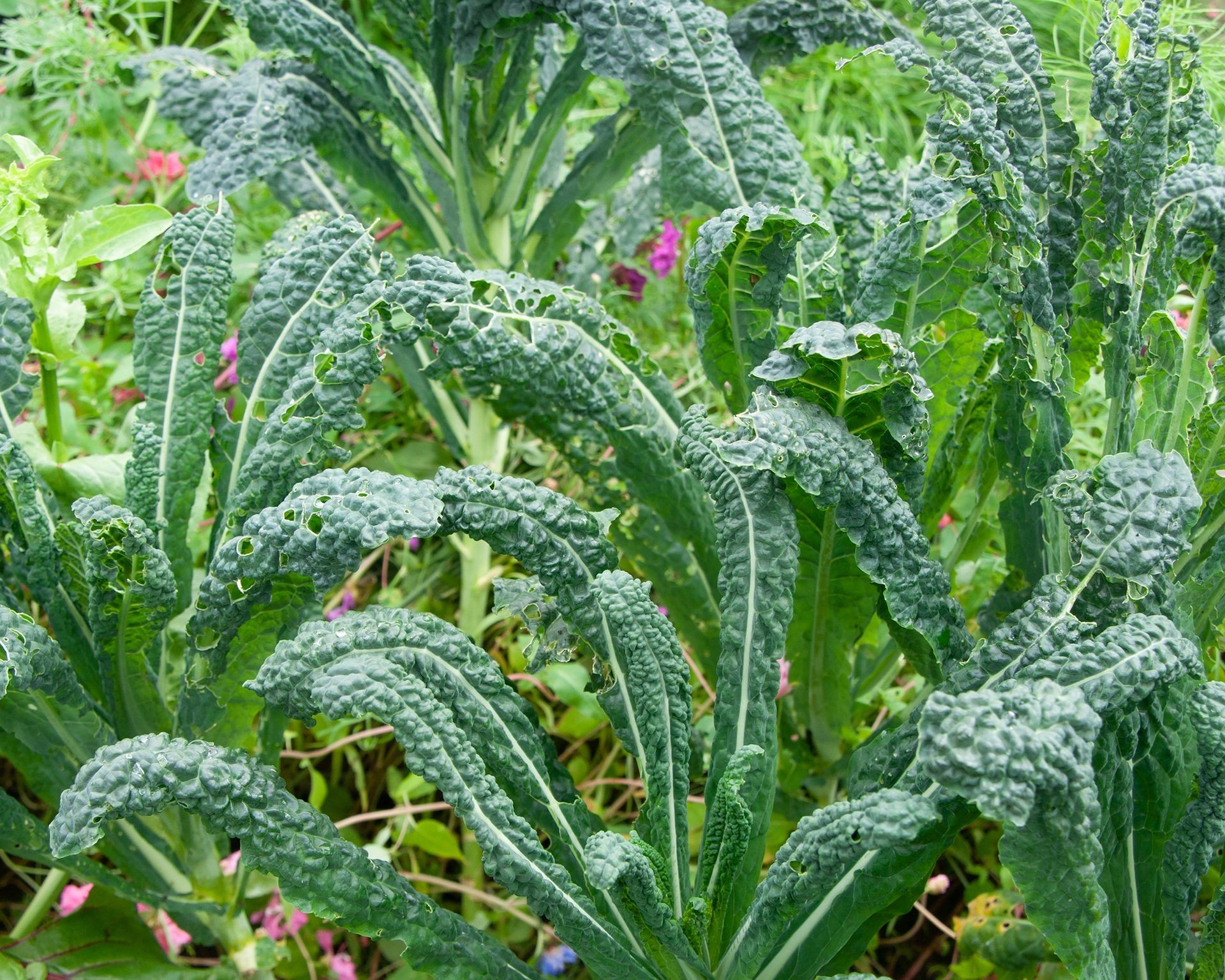 A healthy green kale plant growing in a garden bed(Image: Healthy kale growing in the garden, representing the Brassica family.)
A healthy green kale plant growing in a garden bed(Image: Healthy kale growing in the garden, representing the Brassica family.)
Plants belonging to the Brassica family, such as cabbage, cauliflower, broccoli, Brussels sprouts, kale, and kohlrabi, are generally poor companions for tomatoes. Both tomatoes and brassicas are considered “heavy feeders,” requiring significant amounts of nutrients from the soil to thrive. When planted in close proximity, these plants enter a fierce competition for available nutrients. More often than not, the vigorous brassicas outcompete the tomatoes, leaving the tomato plants with insufficient resources. This nutrient deprivation can lead to stunted growth, weak stems, and a significant reduction in flower and fruit production, ultimately resulting in a disappointing harvest.
Corn
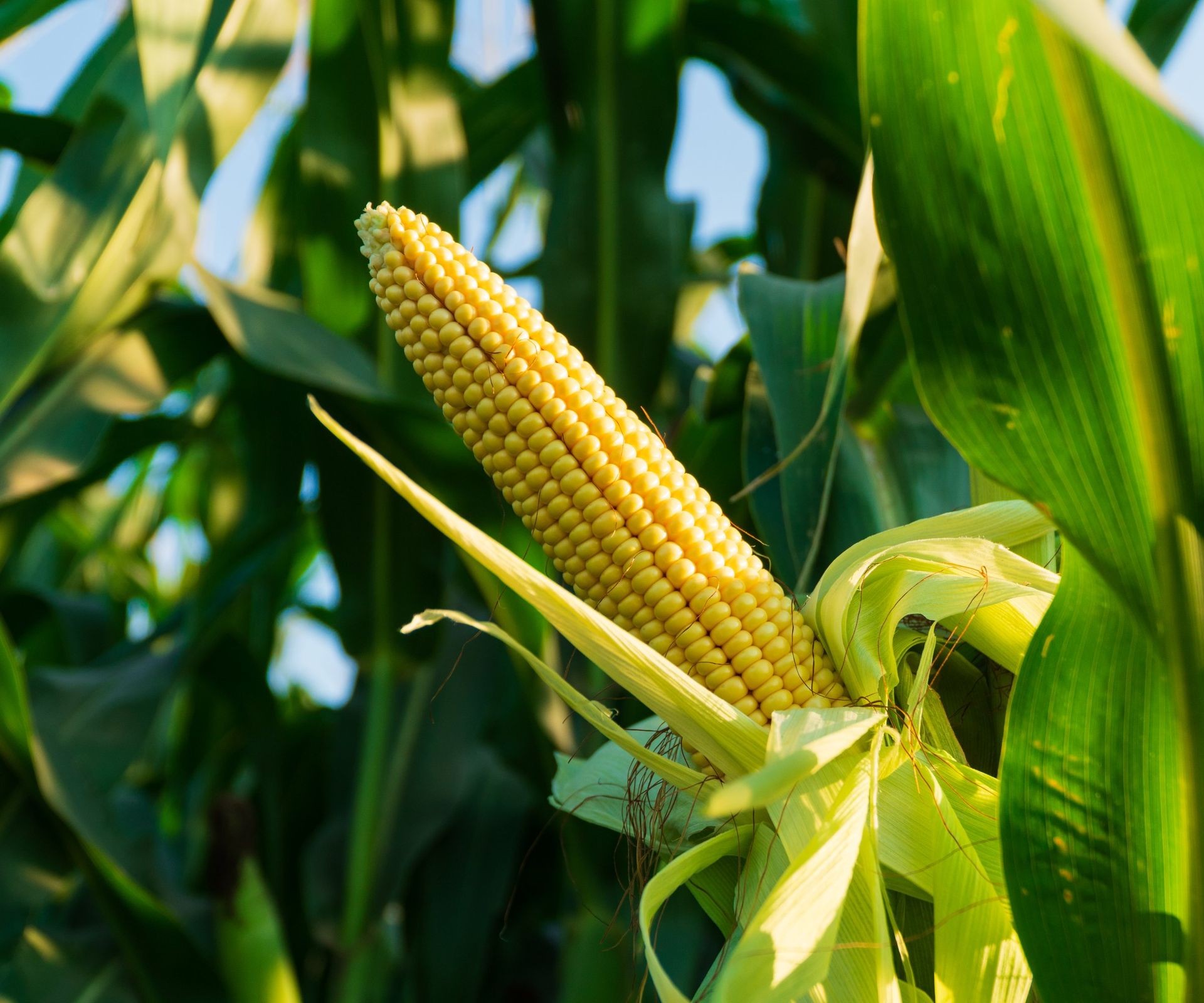 Close up of a vibrant yellow corn cob growing on the stalk(Image: A yellow corn cob on the stalk, illustrating a plant that should not be near tomatoes.)
Close up of a vibrant yellow corn cob growing on the stalk(Image: A yellow corn cob on the stalk, illustrating a plant that should not be near tomatoes.)
Like brassicas, corn is another plant with a substantial appetite for soil nutrients, creating direct competition with nearby tomato plants. Beyond nutrient depletion, corn poses another significant threat: shade. Corn plants grow tall and dense, casting considerable shade over neighboring crops. Since tomatoes require ample direct sunlight (ideally 6-8 hours per day) for optimal growth and fruit development, being shaded by corn can severely inhibit their ability to photosynthesize, leading to reduced vigor and yield. Furthermore, corn and tomatoes are unfortunately susceptible to the same devastating pest, the corn earworm. Planting them together essentially creates a breeding ground and buffet for this common garden pest, increasing the risk of a widespread infestation that can damage both crops. Our experience at Biogarden.Asia shows that managing pests is much simpler when plants prone to the same issues are separated.
Fennel
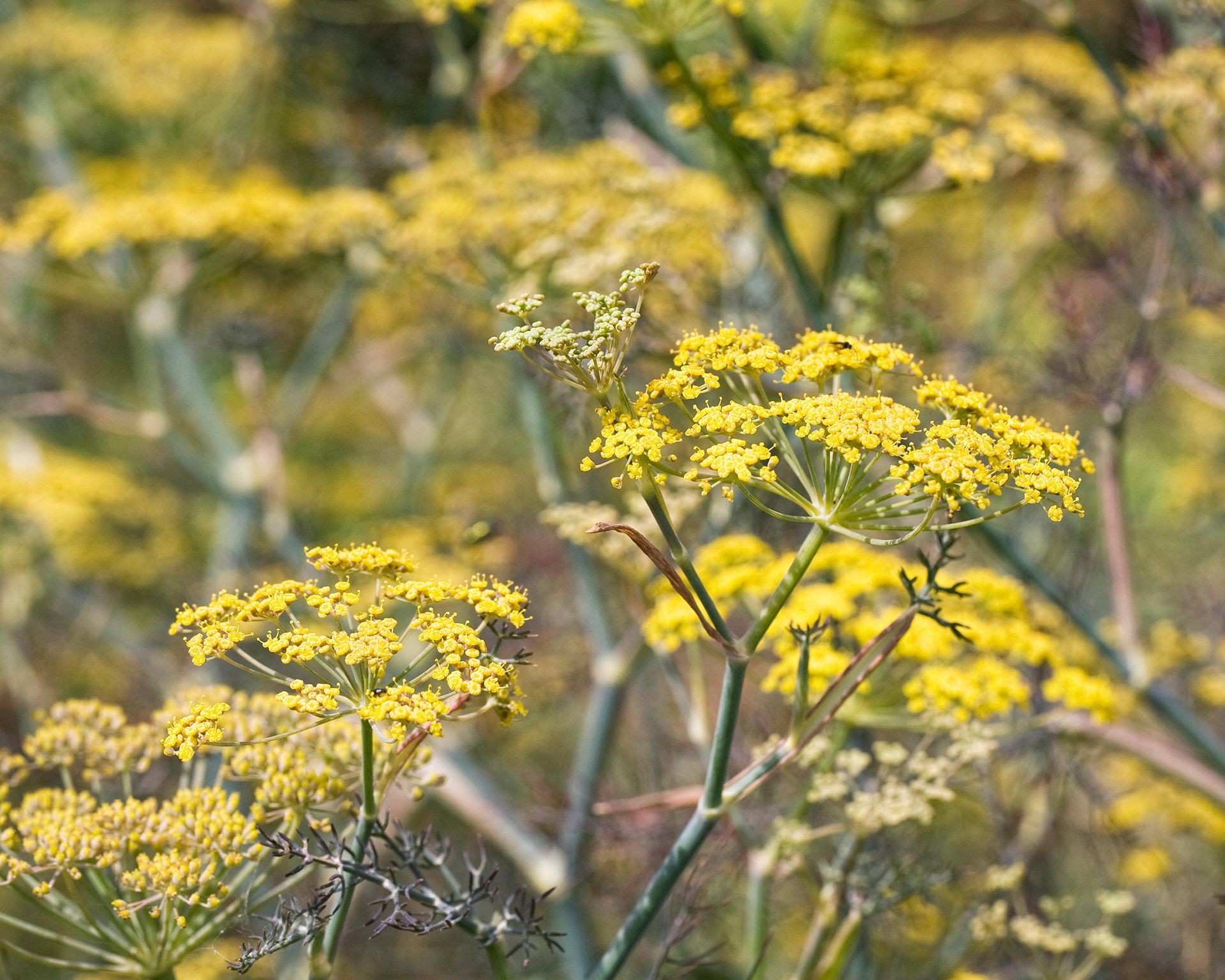 Closeup view of feathery bronze fennel fronds and flowers in a garden(Image: Bronze fennel plant showing its characteristic feathery leaves and flowering stalks.)
Closeup view of feathery bronze fennel fronds and flowers in a garden(Image: Bronze fennel plant showing its characteristic feathery leaves and flowering stalks.)
While fennel is a prized culinary herb and vegetable, it’s widely known to be a poor companion for a vast majority of garden vegetables, including tomatoes. Research and gardener observations suggest that fennel can exude substances into the soil that actively inhibit the growth of many nearby plants, a phenomenon known as allelopathy. For tomatoes, this can manifest as stunted growth and overall reduced vitality. Additionally, mature fennel plants can grow quite large, casting shade similar to corn, depriving sun-loving tomatoes of the light they need. It’s generally recommended to grow fennel in isolation, perhaps in its own container or a dedicated corner of the garden away from your main vegetable beds.
Eggplants
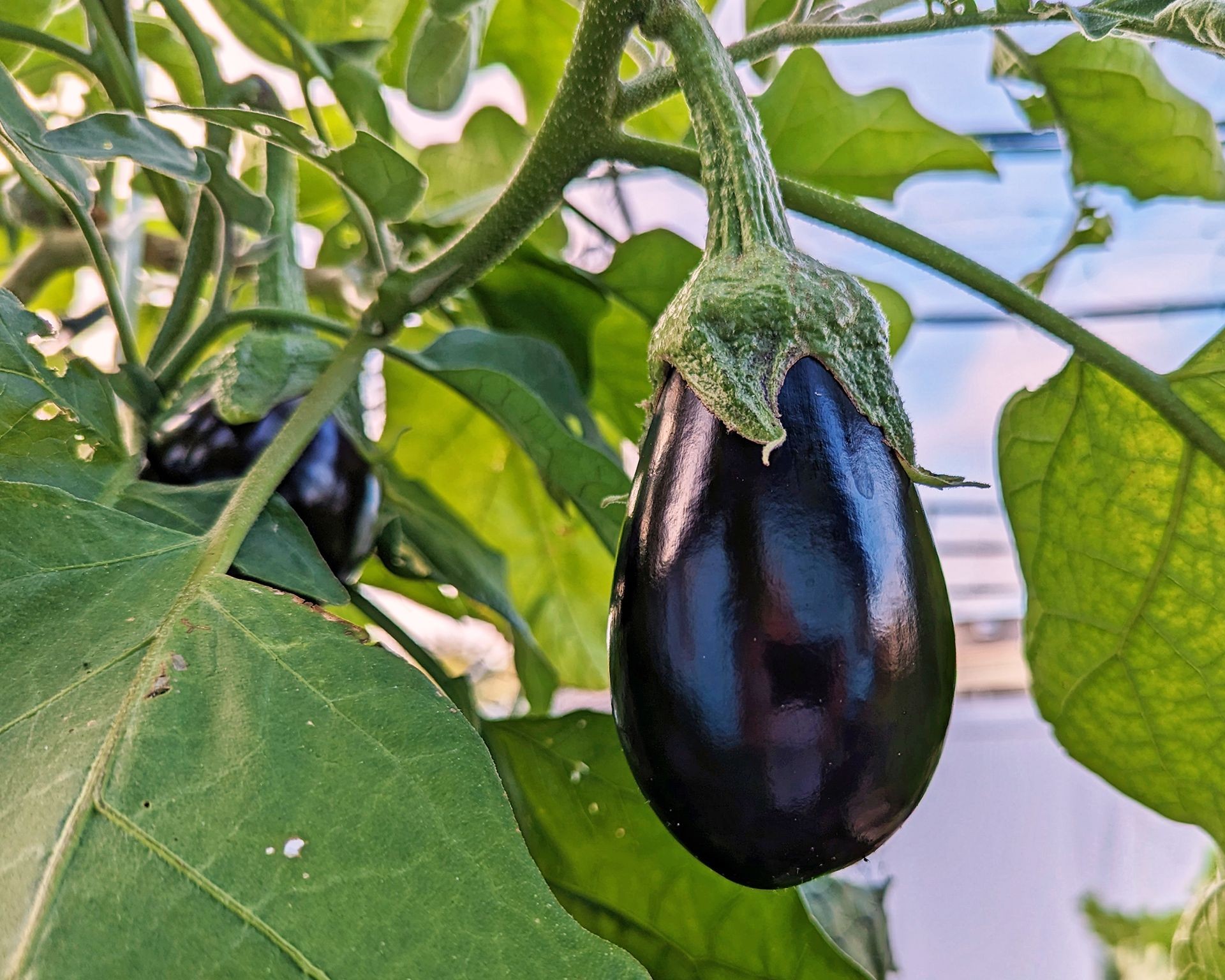 A deep purple eggplant growing on a vine with green leaves(Image: A single dark purple eggplant ripening on the vine in a garden.)
A deep purple eggplant growing on a vine with green leaves(Image: A single dark purple eggplant ripening on the vine in a garden.)
Tomatoes and eggplants share a close botanical relationship; they are both members of the nightshade family. While this might suggest compatibility due to similar growing needs (like sunlight and water), it actually creates a significant disadvantage when planted together. Because they are closely related, tomatoes and eggplants share vulnerabilities to many of the same pests and diseases, including devastating issues like blight. Planting them side-by-side dramatically increases the likelihood that if one plant contracts a disease or is attacked by a pest, the other will quickly follow suit, potentially leading to the loss of both crops. Furthermore, as tomato plants tend to grow taller and spread wider than eggplants, they can inadvertently shade out the smaller eggplant bushes, impacting their growth and fruit production.
Potatoes
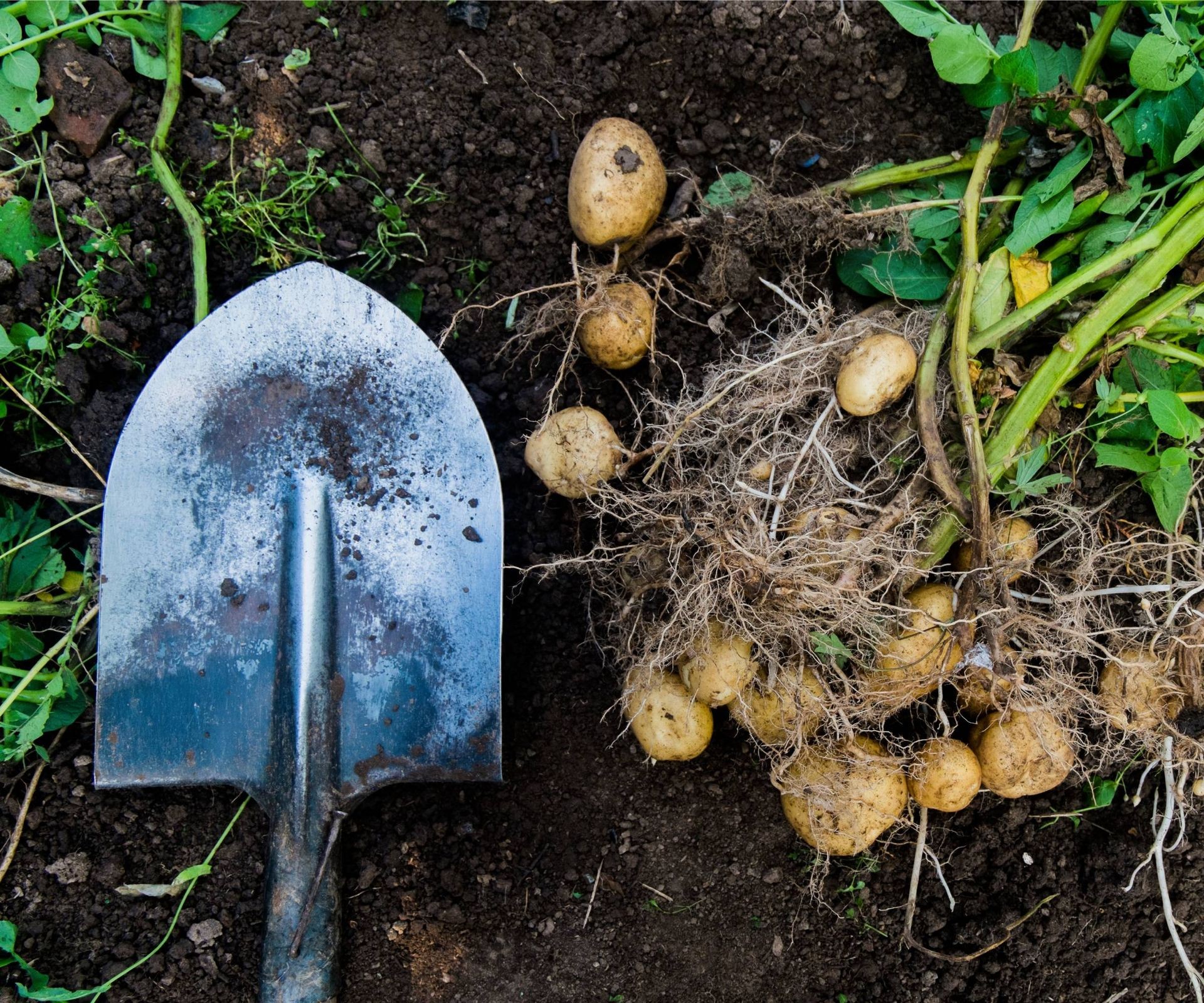 A pile of freshly harvested potatoes next to a garden shovel on soil(Image: A garden shovel lies beside a collection of freshly dug potatoes on the soil.)
A pile of freshly harvested potatoes next to a garden shovel on soil(Image: A garden shovel lies beside a collection of freshly dug potatoes on the soil.)
Another nightshade relative, potatoes, also pose similar risks to tomatoes as eggplants do. The primary concern when planting potatoes near tomatoes is the shared susceptibility to common diseases, particularly various forms of blight. Blight can rapidly spread between these related plants, causing wilting, leaf spots, and ultimately, crop failure. By separating tomatoes and potatoes, you create a critical buffer zone that can help slow or prevent the spread of such destructive pathogens. An additional practical consideration is that the process of harvesting potatoes involves digging and disturbing the soil, which can inadvertently damage the root systems of nearby tomato plants, causing stress and weakening them.
Dill
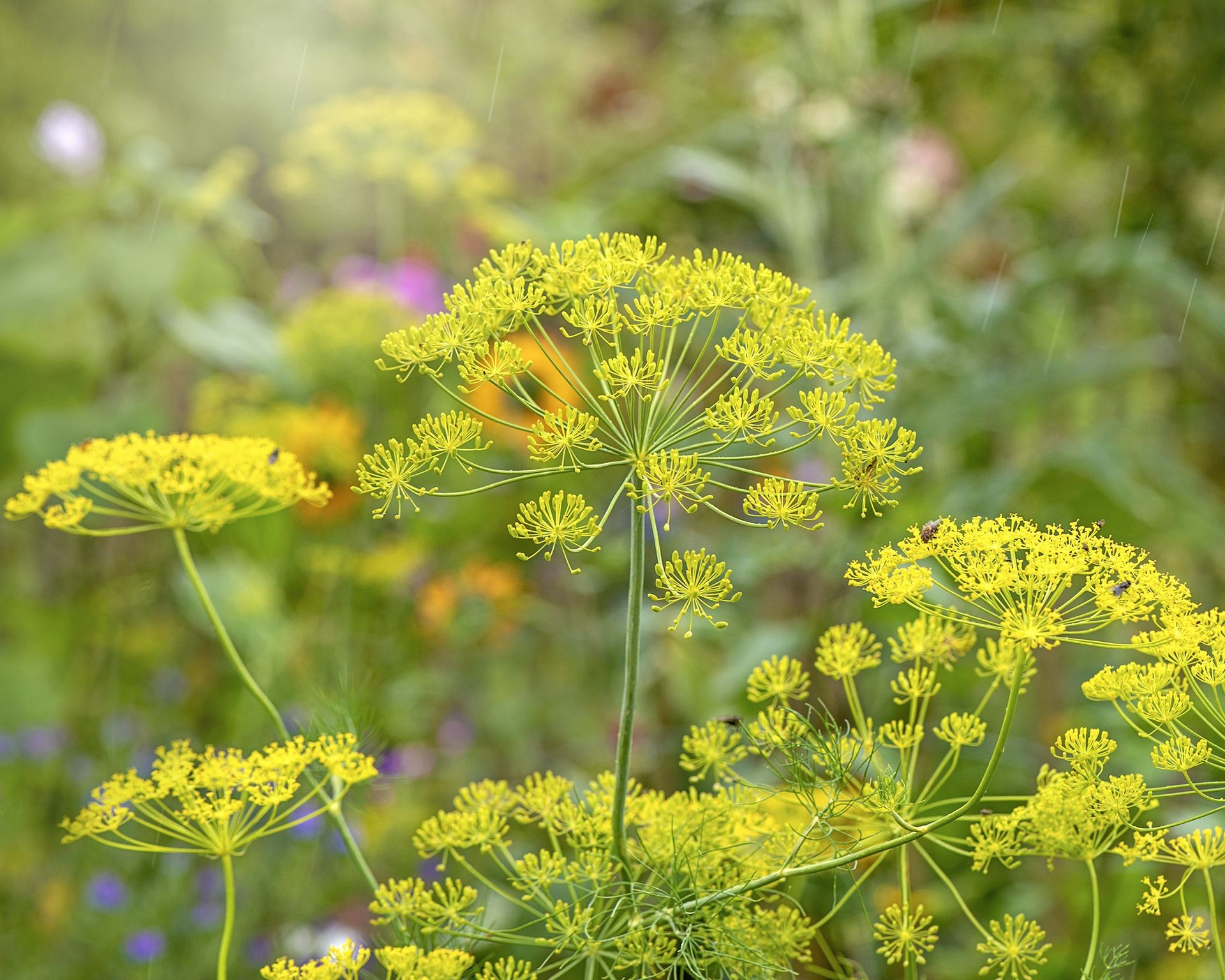 Close up of bright yellow dill flowers growing in a garden setting(Image: Yellow dill flowers blooming in a garden, attracting beneficial insects.)
Close up of bright yellow dill flowers growing in a garden setting(Image: Yellow dill flowers blooming in a garden, attracting beneficial insects.)
Dill presents a slightly more complex case. In its young, early growth stages, dill can actually be beneficial to tomatoes, as its strong scent may help repel pests like aphids. However, as dill matures and grows larger, its relationship with tomatoes changes. Mature dill plants become strong competitors for soil nutrients and water, potentially stunting the growth of nearby tomato plants. The extensive root system of a mature dill plant can also interfere with or damage the root zone of developing tomato plants. While young dill might offer a temporary advantage, its mature stage makes it a less-than-ideal long-term neighbor for tomatoes.
Rosemary
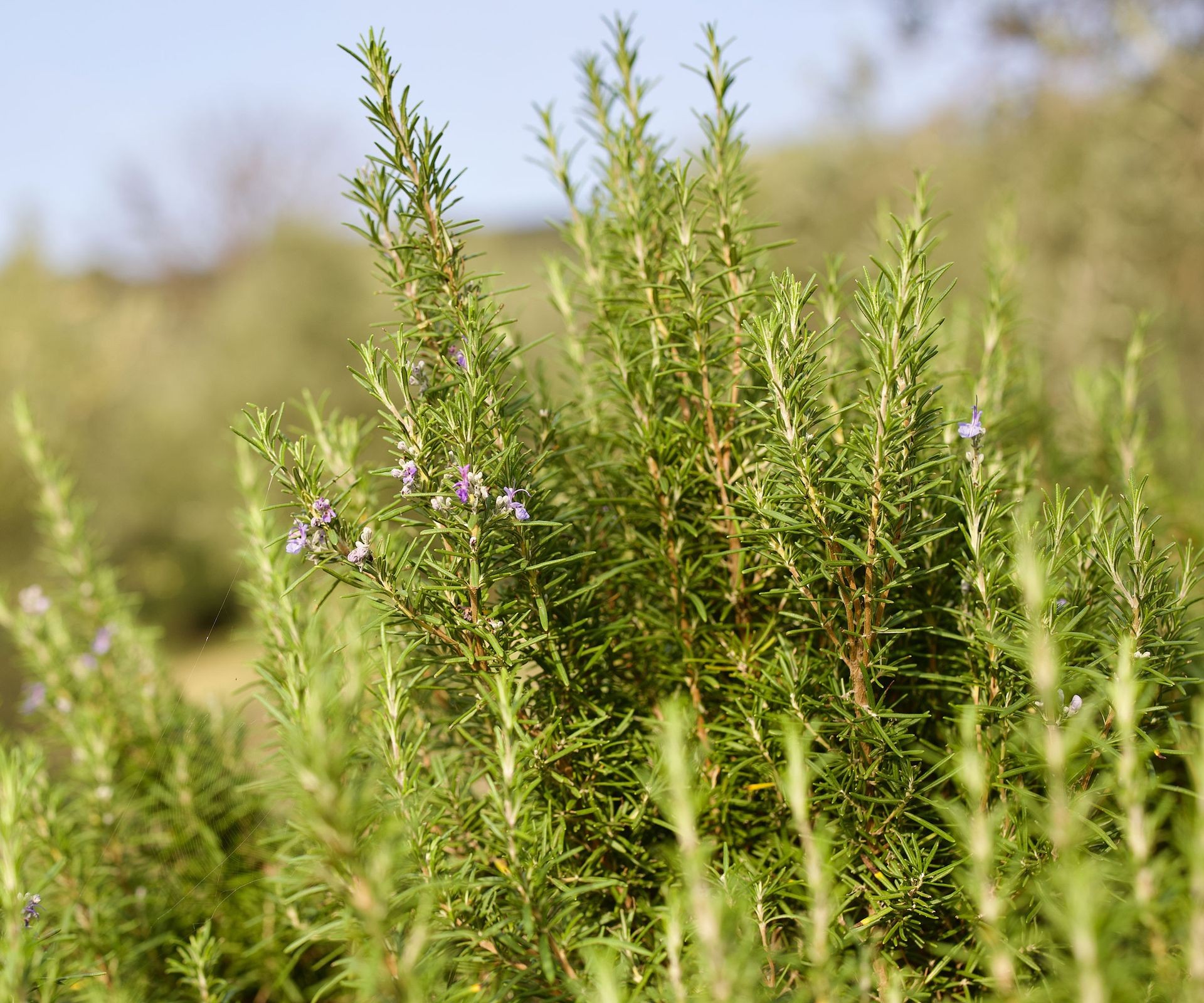 Bushy rosemary plant with grey-green leaves growing in a garden bed(Image: A robust rosemary bush with aromatic, needle-like leaves.)
Bushy rosemary plant with grey-green leaves growing in a garden bed(Image: A robust rosemary bush with aromatic, needle-like leaves.)
While many aromatic herbs are fantastic companions for tomatoes, rosemary is an exception. Like several other plants on this list, rosemary can outcompete tomato plants for essential nutrients and moisture in the soil. Beyond resource competition, rosemary also thrives under significantly different growing conditions than tomatoes. Rosemary prefers drier, well-draining soil and less frequent watering once established, whereas tomatoes require more consistent moisture. Attempting to provide the ideal conditions for both when planted close together is challenging, inevitably leading to one or both plants struggling to perform optimally.
Walnuts
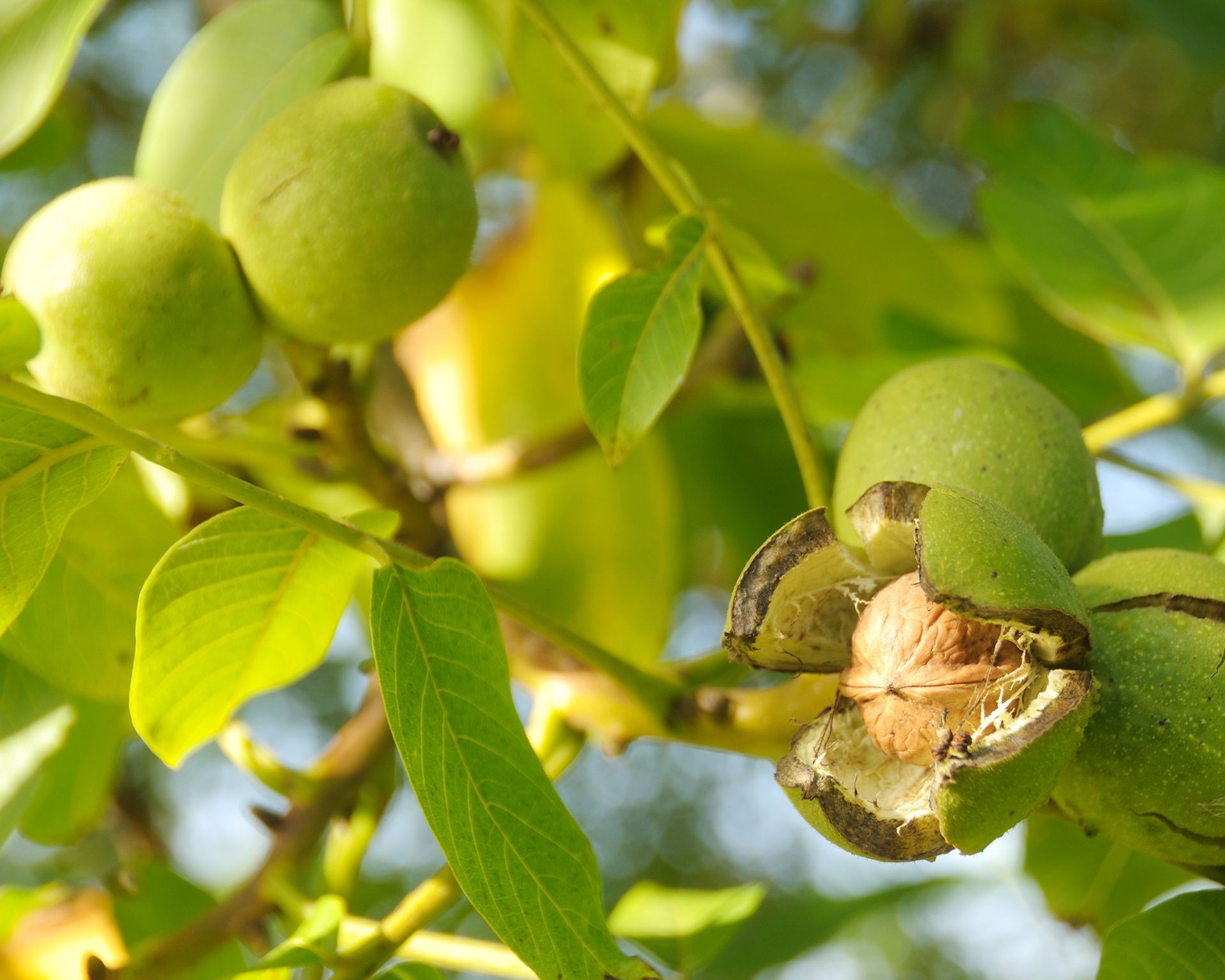 A ripe walnut fruit hanging from a branch, ready to fall from the tree(Image: A mature walnut fruit attached to a branch on a walnut tree.)
A ripe walnut fruit hanging from a branch, ready to fall from the tree(Image: A mature walnut fruit attached to a branch on a walnut tree.)
If you have a walnut tree, particularly a Black Walnut (Juglans nigra), anywhere near your garden, special care is needed when deciding where to plant your tomatoes. Walnut trees, especially the black walnut variety, produce a chemical called juglone which is released into the soil through their roots and decaying leaves and hulls. Juglone is toxic to many plants, including tomatoes, causing them to wilt, yellow, and eventually die – a condition known as walnut wilt. The zone of toxicity typically extends out from the dripline of the tree. If garden space is limited, planting tomatoes in raised beds filled with fresh, uncontaminated soil can be a solution, provided you also diligently remove any fallen walnut leaves or nuts that land in the bed.
Choosing the right location and neighboring plants is a cornerstone of successful gardening. For vibrant, productive tomato plants that yield delicious fruit, employing smart companion planting strategies is essential. This includes thoughtfully selecting beneficial partners that support growth and deter pests, but equally important, actively avoiding those plants known to hinder your tomato plants’ health and potential. By understanding and respecting these plant relationships, you pave the way for a more resilient garden and a truly bountiful tomato harvest.
Explore more ways to optimize your garden’s health and productivity with expert insights and quality products from Biogarden.asia.



